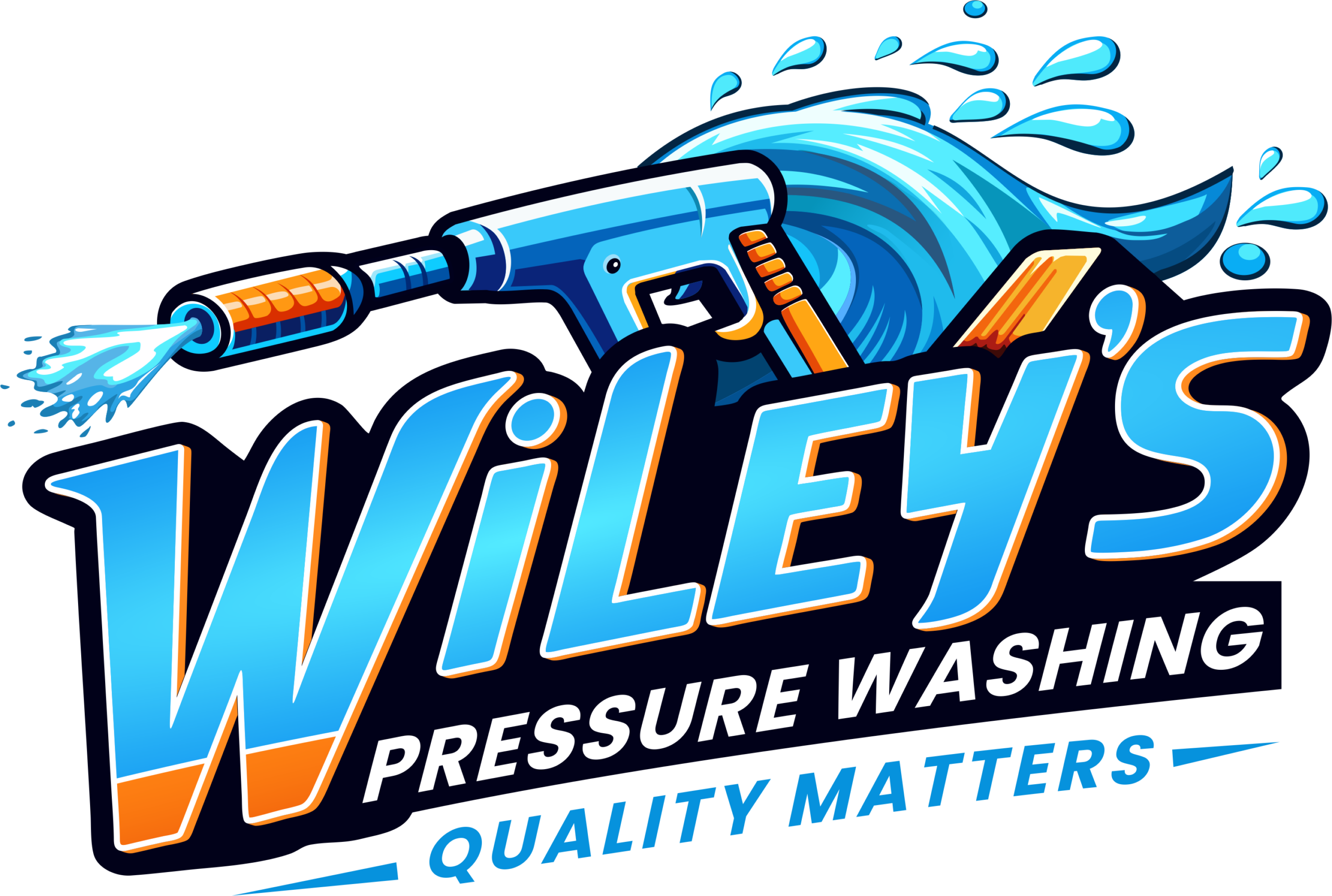Two of the most critical factors to consider when pressure washing are PSI (Pounds per Square Inch) and GPM (Gallons per Minute). These metrics define how a pressure washer performs and shapes its ability to tackle dirt, grime, and stains.
Whether you’re removing years of buildup on your driveway or giving your home’s exterior a fresh look, knowing how PSI and GPM work and their respective roles can help you choose the right settings and equipment for the job.
What is PSI?
PSI, or Pounds per Square Inch, refers to the pressure a pressure washer produces. Essentially, it’s the force with which water is sprayed from the nozzle. This pressure is what gives a pressure washer its cleaning capability, allowing it to break through tough grime, mold, or deeply set dirt that traditional cleaning methods often can’t touch.
The higher the PSI, the greater the force. This makes it an essential metric for tasks that demand intense cleaning power, such as removing oil stains from concrete or stripping paint from hard surfaces.
However, not all surfaces are built to withstand high pressure. Using excessive PSI on delicate surfaces, like vinyl siding or shingle roofs, can lead to damage, which is why choosing the right PSI level is so important. Pressure washers are often adjustable, allowing you to dial in the appropriate pressure level based on the surface and the type of dirt you’re tackling.
What is GPM?
GPM, or Gallons per Minute, measures the flow rate of water delivered by the pressure washer. GPM tells you how much water is used to flush away dirt and debris. This makes GPM a key factor in efficiency. A higher GPM means more water is used to rinse away loosened dirt, making cleaning larger areas faster and more effective.
Imagine rinsing off soap from a car; the volume of water matters just as much as the pressure. Without adequate flow, debris might stay stuck on the surface even after being loosened by the high pressure. This is why GPM becomes critical for tasks such as washing house exteriors, rinsing large patios, or cleaning wide surfaces like driveways, where thorough rinsing is essential to achieve a spotless finish.
Which is More Important?
For many cleaning tasks, GPM works in tandem with PSI. While a pressure washer with high PSI but low GPM might remove tough stains, it could take significantly longer to rinse the area, leading to a less efficient cleaning process. High GPM with low PSI might rinse well but fail to loosen stubborn grime effectively.
A balance of both PSI and GPM is necessary for optimal results. For delicate surfaces, prioritize lower PSI with adequate GPM for safe yet efficient cleaning. For tougher jobs, focus on higher PSI to deliver the necessary force, ensuring that GPM is still sufficient for effective rinsing. The interplay between these two metrics allows for customization, delivering professional-grade results while protecting the integrity of the surfaces you’re cleaning.
By familiarizing yourself with these concepts, you can choose the right settings and equipment for any pressure washing project, giving you the confidence to maintain and enhance your property’s appearance without unnecessary risks. Whether you’re cleaning a small patio or an entire house exterior, the combination of PSI and GPM will guide you to professional-quality results every time.
